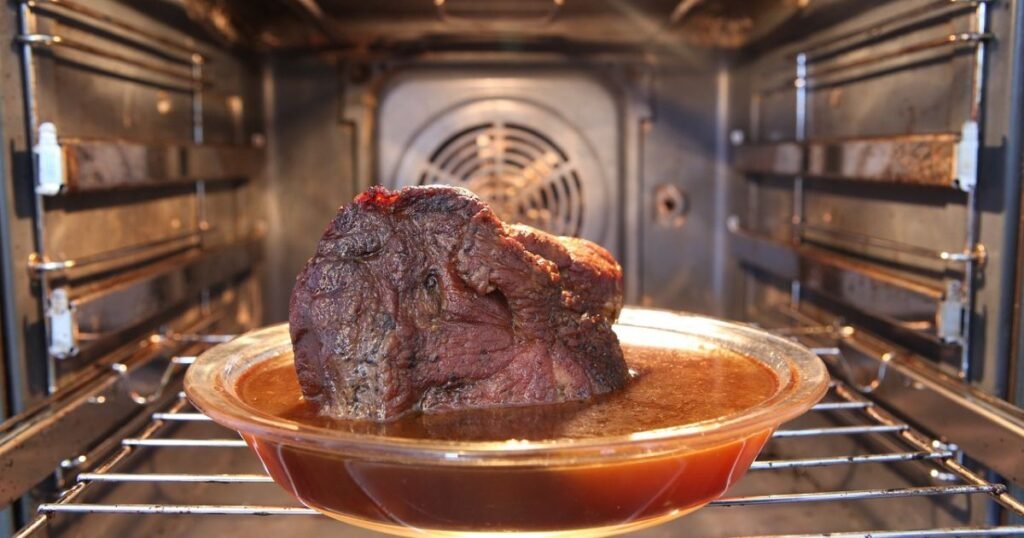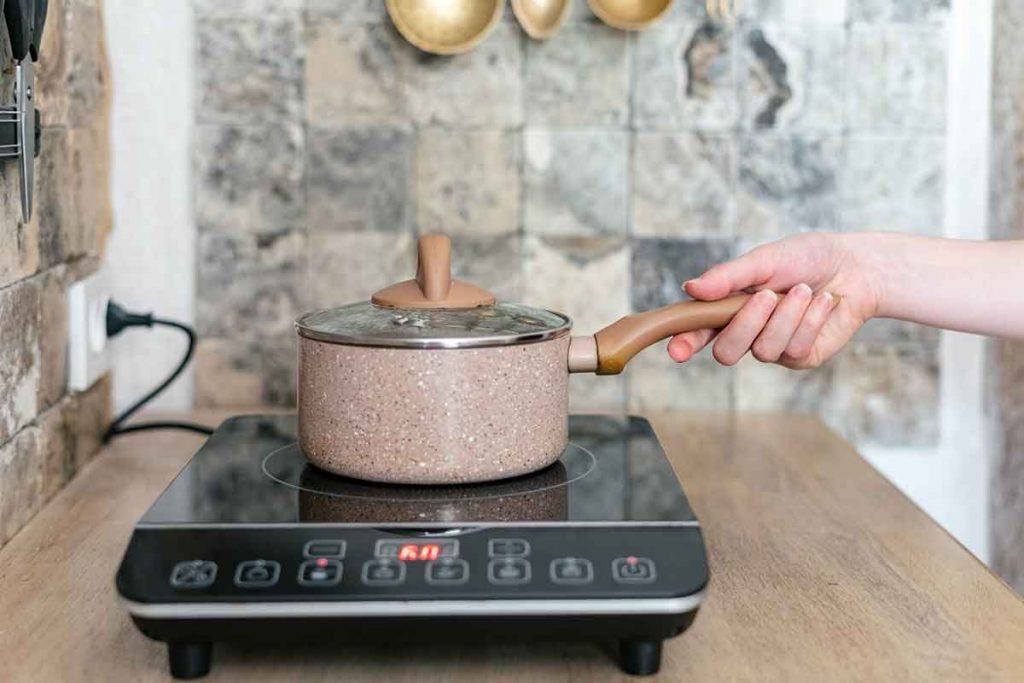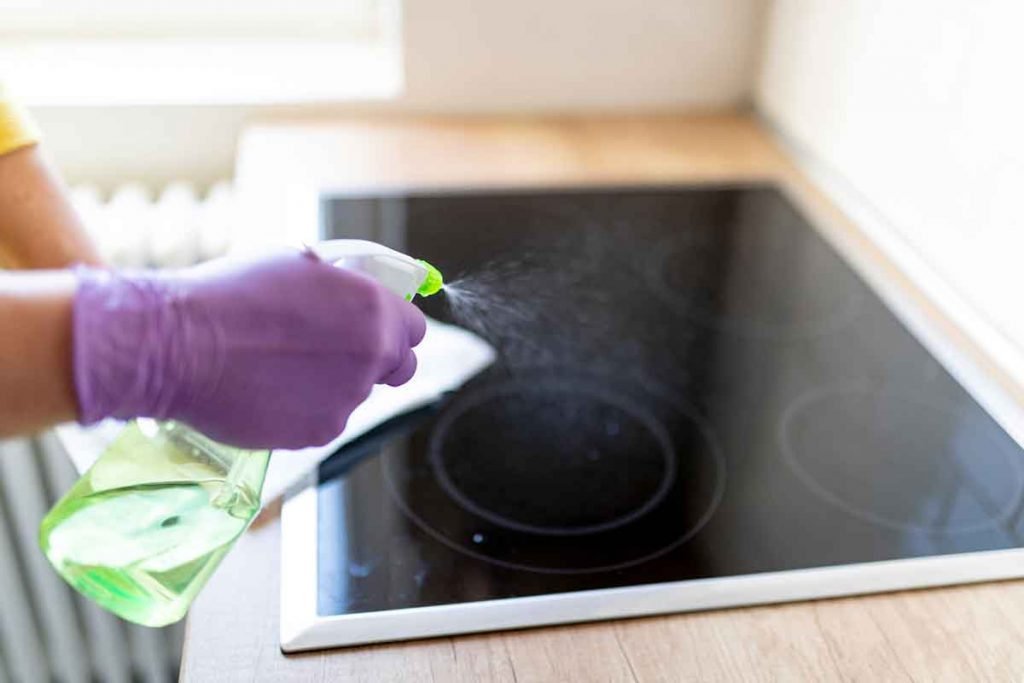
Like many bacon lovers, you have probably tried cooking bacon in an oven. However, you probably did not like the results and are here to learn how to do it right. Whether you like crispy, chewy, or thick bacon, you can learn how to cook it using an electric oven.
The secret to perfectly baked bacon is understanding when to use the baking sheets and when to place the pieces straight on the wire rack. You must follow a step-by-step procedure to enjoy perfectly baked bacon with the right texture. This guide will highlight every step you should follow to bake your favorite bacon in an electric oven.
Why Use an Electric Oven for Cooking Bacon?
An electric oven is ideal for cooking bacon for many people, whether family or guests. This is because it offers a quick way to prepare enough bacon for the crowd without sacrificing your sanity.
The second reason to cook bacon in an electric oven is to avoid mess since the oven provides a cleaner cooking method than a stove. If you don’t like splatters all over your stove, you are better off using an oven. The bacon sizzles quietly in the oven without causing any mess until it is done to your liking.
If you like multitasking, cooking bacon in the oven allows you to do other things simultaneously. Once you put the bacon in the sheet pan or grill, you have at least 15 minutes to prepare eggs, waffles, pancakes, or tea.
Step-by-Step Guide to Cooking Bacon in an Electric Oven
Cooking bacon in an electric oven involves preheating the oven, preparing the baking sheets, and arranging the slices. If you make a mistake in any of these phases, your bacon might not cook perfectly. Here’s how to go about it.
Preheating the Oven
Before putting in the bacon, preheat the oven to 400°F (204°C). This prevents excessive loss of water when cooking the bacon. It also reduces excessive splutter and ensures bacon cooks evenly.
Preparing the baking Sheet
As the oven heats up, you can start preparing the baking sheet. So, how do you prepare the baking sheet? You start by cleaning it and lining it up with parchment paper or aluminum foil.
This prevents the slices from sticking on the surface and makes it easy to clean up the mess. If you like extra crispy bacon, place the slices on the wire rack to allow fat and grease to drip as the slices cook.
Arrange the Bacon Slices
After preparing the baking sheets, you should arrange the slices on the sheet or the wire rack in a single layer. If you do two layers, some slices might not cook evenly. So, you should spread out the slices based on the size of the sheet.
After arranging the slices as explained, put the baking sheet in the preheated oven and wait for 15-20 minutes, depending on how crispy you want your bacon.
About halfway through the cooking process, rotate the baking sheet from the front to the back to allow uniform cooking. Remember to watch your slices toward the end of the cooking time to switch off the oven on time.
Setting the Right Temperature and Cooking Time
The ideal temperature for cooking bacon is between 375°F and 400°F. However, if you are baking a heat-sensitive food, you can put the bacon in at any temperature and keep an eye on it to remove it when it achieves the desired texture. Bacon can easily burn or dry up if you cook it at a higher temperature than necessary.
How to Achieve Different Bacon Textures
Many bacon lovers like crispy bacon, but some prefer chewy slices. So, you must pay attention to the bacon texture you want to achieve and follow the right steps, as highlighted below.

Crispy Bacon
You can cook the crispy bacon you have always admired by preheating the oven to 400o F. Place your bacon slices on the wire rack and let it cook for 12 minutes. Check the doneness at the 12th minute and rotate the baking sheets. Let the slices continue cooking until they look golden brown and crispy.
If you want super crispy slices to sprinkle on soup, use in salads, or crumble on macaroni cheese, you can place the slices on the wire racks and cover them with a greaseproof sheet. You should then place a heavy casserole dish or frying pan to hold the slices in place. In 15-20 minutes, your bacon will be ready and crispy.
Chewy Bacon
If you like chewy bacon, you can reduce the cooking time and temperature to achieve that. Preheat the oven to 375o F and arrange the bacon on the baking sheets before putting them in the oven. Wait at least 7 minutes before you check doneness and rotate the baking sheet.
Your chewy bacon will be ready after 10-5 minutes. You should keep checking the slices towards the end of the cooking time to ensure the slices are well cooked but not too crispy.
Checking the Doneness and Adjusting the Cooking Time
If you cook bacon regularly, you can easily tell if bacon is cooked to the right texture. So, you should start by visually inspecting the bacon to see if it is rich golden brown. It usually takes about 15-20 minutes to attain this color and have a curled shape. If you prefer chewy bacon, remove it after 10 to 15 minutes when it has a lighter color.
You can use a pair of tongs to sample slices and check the texture. If they have not attained the desired texture, you can return the slices for 2 or 3 minutes. Remember that bacon becomes crispier as it cools down. So, experts recommend removing it before its ideal doneness.
Tips for Reducing Grease and Mess
You cannot consider cooking bacon without thinking about the mess and the grease. You can avoid splutter using the wire rack to allow grease to drip and cover the bacon with a grease-proof cover.
If you cook bacon regularly, you can save the grease and use it to improve the richness and flavor of other meats or dishes. The good news about using bacon grease is that it does not smoke like the regular oil.
When the bacon is ready, put the slices on a plate lined with a paper towel. Pour the hot bacon grease into a glass jar, not a plastic one, since the grease might be hot enough to melt the plastic. You should then wait for the cooker and the baking pan to cool down before you wipe the grease and later clean it with soapy water.
Cleaning Up After Cooking Bacon in an Electric Oven

After removing the bacon from the oven, let the baking sheets cool down slightly to avoid scalding. If you have used parchment paper or aluminum foil, you can discard them with the grease and debris. Since grease could be hot, you should be cautious when discarding the foils.
Soak the baking sheets in soapy water and clean them with a non-abrasive sponge. Lastly, use the sponge to wipe any splutters inside the oven when it cools down to prepare it for the next cooking session.
Conclusion: Perfect Bacon With Minimal Effort
Following these tips and guidelines will make you chewy or crispy bacon slices with less mess and minimal effort. Remember to adjust the heat and cooking time depending on the desired doneness. To minimize the mess, you should also wipe the splutter and collect the grease.


